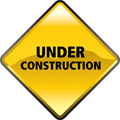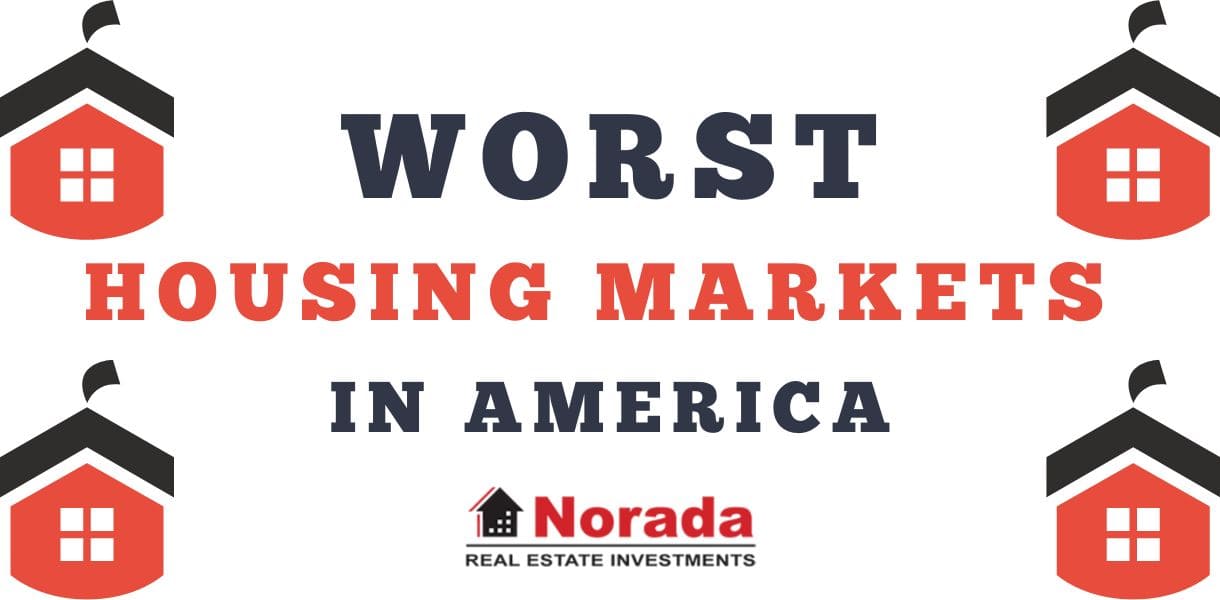Unlike other Montana cities, Billings boasts a surprisingly active housing market. Fueled by a strong economy and a growing population, Billings is attracting homebuyers seeking a slice of the Montana lifestyle. This Montana metropolis offers a unique market with its own set of trends to consider before diving in.
While Billings is generally more affordable than the national average, prices have been steadily rising in recent years. The Billings housing market currently shows a moderate growth trend, with home prices rising by 8.4% year-over-year and a median sale price of $379,000 in October 2024. This indicates a relatively healthy market, though not overly competitive, with homes taking an average of 69 days to sell. Let's explore the key aspects of the market in greater detail.
Billings Housing Market Trends in 2024: A Deep Dive
Home Sales
The number of homes sold in Billings has been steadily increasing. According to Redfin, in October 2024, 132 homes were sold, which represents a 13.8% increase compared to the same period last year. This signifies a consistent demand for homes within the Billings area. I have noticed that there's a good mix of both new construction and established neighborhoods contributing to the sales activity.
Several factors might be driving this increase in home sales, including a growing local economy, job opportunities, and the city's overall appeal for both families and retirees. The city's diverse range of communities and affordable living compared to other larger cities in the west coast certainly adds to the appeal for homebuyers.
Also, while the national housing market has seen fluctuations and uncertainties in recent years, the Billings market has remained relatively stable. This stability is likely attracting more buyers who are seeking a more predictable and consistent market.
Home Prices
As mentioned earlier, the median sale price of a home in Billings was $379,000 in October 2024, marking an 8.4% year-over-year increase. While this is a notable increase, it's important to note that Billings's median sale price is still 15% higher than the national average. This suggests that while the market is experiencing growth, it hasn't reached the extreme price increases witnessed in some other parts of the country.
I believe this is a positive sign for buyers and sellers alike. The market isn't overheated or experiencing a bubble, creating a more balanced environment where both parties can negotiate fair terms.
Housing Supply
The availability of homes for sale plays a crucial role in any housing market. While I don't have access to specific inventory numbers for October 2024, the fact that homes are taking an average of 69 days to sell suggests a balanced market. This signifies that there isn't a significant shortage of homes, which can sometimes drive prices up rapidly.
However, an increase in the median days on market from 64 days in the prior year to 69 days currently does suggest a slight cooling effect. This could indicate that sellers are having to adjust their expectations a bit and potentially entertain offers more closely.
Market Trends
Several key trends are shaping the Billings housing market in 2024:
- Steady Growth: The market is experiencing a consistent growth pattern, with home prices and sales steadily increasing.
- Balanced Market: The market is not considered overly competitive, with the average home selling within a reasonable timeframe.
- Limited Price Increases: While home prices are rising, the increases haven't been drastic, creating a more stable environment.
- Moderate Supply: The supply of homes is neither scarce nor excessive, leading to a relatively balanced market.
- Buyer and Seller Equilibrium: I believe that we are seeing a situation where buyers and sellers are coming to an equilibrium point, where buyers are finding good opportunities in the market and sellers are not being forced to accept huge discounts.
Is Billings a Buyer's or Seller's Housing Market?
Based on the current data, the Billings housing market in 2024 appears to lean towards a neutral or slightly buyer-favored market. While sellers still hold a position of strength with the steady increase in home prices, buyers have more options and leverage compared to a truly seller's market.
The average home in Billings is selling for around 4% below the list price, which is another indicator of a balanced market. In a strong seller's market, homes would likely sell for over the list price, and that's not the case here.
Are Home Prices Dropping?
No, based on the data, home prices in Billings are not dropping; they are steadily increasing. However, the pace of increase has moderated, and the longer median days on market suggests the market is not seeing the same frenzy that it did a year ago.
The increase in median days on market from 64 days to 69 days is a sign that the market is slowing down a bit. This suggests that buyers may have more time to explore and negotiate, and sellers may need to be more realistic with their pricing.
But it's crucial to differentiate between a slowdown and a price drop. It's a slow and gradual increase, not a rapid increase. This is expected in a more mature market.
Factors Influencing the Billings Housing Market
Several factors are influencing the Billings housing market dynamics:
- Local Economy: Billings's economy is relatively strong, with a diverse range of industries, and this contributes to the stability of the housing market.
- Job Market: The city has a relatively low unemployment rate and various employment opportunities, making it attractive for individuals and families seeking new homes.
- Lifestyle: Billings offers a high quality of life with access to outdoor recreation, a thriving arts and culture scene, and a strong sense of community, all of which contribute to the appeal of living there.
- Interest Rates: While interest rates have been fluctuating, the overall impact on the Billings market has been relatively limited.
- Affordability: Compared to other major metropolitan areas in the west, Billings still offers a relatively affordable housing market, drawing more buyers.
- Infrastructure: Billings has a well-developed infrastructure, including schools, hospitals, and transportation options, which supports the housing market.
Data Summary
Here's a quick summary of the key data points:
| Metric | October 2024 | Year-Over-Year Growth |
|---|---|---|
| Median Sale Price | $379,450 | +8.4% |
| Homes Sold | 132 | +13.8% |
| Median Days on Market | 69 | +5 |
| Homes Sold Above List Price | 0.0% | 0.0 |
| Redfin Compete Score | 24 (Not Very Competitive) | — |
Billings Housing Market Forecast 2024-2025
Looking ahead, the Billings housing market is likely to continue its moderate growth trend in 2024. The city's strong economy, attractive lifestyle, and relative affordability are likely to drive continued demand for homes.
While interest rate fluctuations and potential economic shifts could impact the market, I believe that the Billings market is well-positioned to remain relatively stable and resilient. In the short term, we may see a slight cooling off of the market with a moderate increase in inventory as sellers adjust to the slightly changing dynamics.
Let's see what the experts have forecasted. Based on the data I've seen from Zillow, the Billings housing market is expected to see moderate growth in the coming year. Specifically, Zillow forecasts a 0.4% home value appreciation by October 2024, followed by a slight increase of 0.1% by the end of December 2024. This suggests a steady but slow pace of growth. By September 2025, Zillow anticipates a 1.2% increase in home values.
When looking at the data, you see that Billings is expected to have a steady increase in home values, though not the largest increase across Montana. The 2024 Billings home value forecast is showing that there is not a large jump in projected values. This tells me that the Billings housing market is not expecting a sudden increase in pricing or a drop. While a 1.2% increase in the next year is not extremely high, it does indicate a healthy market overall.
| Region | State | Home Value Forecast (October 2024) | Home Value Forecast (December 2024) | Home Value Forecast (September 2025) |
|---|---|---|---|---|
| Billings, MT | MT | 0.4% | 0.1% | 1.2% |
It's important to remember that these are just forecasts, and the actual market can be influenced by various factors, such as interest rates, the local economy, and availability of homes for sale. But, understanding these Billings housing market forecasts helps us paint a potential picture of what to expect.
How Does Billings Compare to Other Montana Cities?
Comparing Billings's forecast with other Montana cities provides a broader perspective. Missoula is anticipated to see a 3.1% growth by September 2025, while Bozeman is forecast for a 1.2% growth during the same period. Kalispell and Great Falls are also anticipated to have slightly higher increases than Billings by the end of September 2025.
| Region | State | Home Value Forecast (September 2025) |
|---|---|---|
| Missoula, MT | MT | 3.1% |
| Bozeman, MT | MT | 1.2% |
| Kalispell, MT | MT | 3.2% |
| Great Falls, MT | MT | 2.4% |
In the past few years, some Montana cities have had incredible growth in home values. Because Billings has experienced a more moderate rise, it might be a more stable market in the long run.
Will Home Prices Drop in Billings? Will There Be a Crash?
It's natural to worry about a housing market crash. I don't see evidence from Zillow that Billings is about to experience a dramatic drop in prices. However, the future is always uncertain, and economic conditions can shift quickly.
A Possible Forecast for 2026
While the Billings housing market forecast doesn't provide information beyond September 2025, based on the anticipated growth, we might see that steady growth continue in 2026, albeit possibly at a slower pace. However, it is difficult to predict the exact growth rate for the 2026 time frame. It will be important to continue to follow the economic factors that influence the market.
In Conclusion, the Billings housing market appears to be in a relatively stable position with moderate growth in the near future. While it might not be experiencing the rapid increases seen in other parts of Montana, its steady growth could make it an attractive option for those looking for a more predictable market.
Should You Invest in the Billings Real Estate Market?
Are you considering investing in real estate? Billings, Montana, presents an intriguing prospect for real estate investment, with several compelling reasons that make it an attractive market for investors. Here's a detailed explanation of why investing in real estate in Billings can be a prudent decision:
1. Strong Economic Fundamentals
The economic fundamentals of Billings provide a solid foundation for real estate investment. The city benefits from a diverse economy supported by industries such as energy, healthcare, education, and tourism. This economic diversification helps mitigate risk associated with reliance on a single industry, making Billings an attractive destination for investors seeking stability.
It's has experienced rapid growth, including the highest growth rate in a decade in 2020. The city has avoided economic downturns that have affected the rest of the country, and its growth rate has remained high due to factors such as the Bakken and Heath Shale oil discoveries. Billings is also a trade and distribution center for much of Montana, Wyoming, and parts of North and South Dakota, and has one of the largest trade areas in the United States.
2. Growing Population and Demand
Billings is experiencing population growth fueled by factors such as job opportunities and quality of life. It has experienced steady population growth over the decades. In 2020, the city's population was 117,116, and it has grown at a rate of 0.14% annually since the 2010 census, which recorded a population of 104,170. Between 2021 and 2022, the population increased by 1.17%, from 182,997 to 185,147.
The Billings MSA's population has grown at an average annual rate of 1.25% from 1970 to 2022, with its highest growth in 1978 (3.25%) and its lowest in 1987 (-1.62%). As the population expands, so does the demand for housing. This increased demand translates to higher rental yields and property appreciation for real estate investors.
3. Affordability
Compared to many other cities in the United States, Billings offers affordable real estate options. The median home price in Billings is lower than the national average, making it accessible for both first-time buyers and seasoned investors. This affordability factor contributes to a steady influx of buyers and renters, ensuring market stability.
4. Favorable Regulatory Environment
Montana boasts a business-friendly regulatory environment, which extends to the real estate sector. With relatively low property taxes and lenient landlord-tenant laws, investing in Billings real estate is attractive for those looking to maximize returns while minimizing regulatory hurdles.
5. Quality of Life
Billings offers a high quality of life with its abundance of outdoor recreational opportunities, cultural amenities, and a strong sense of community. This desirability makes it easier to attract tenants and maintain occupancy rates, thereby enhancing cash flow for real estate investors.
6. Making the Call: Is Billings the Right Fit for You?
While Billings presents a compelling investment opportunity, it's important to consider your individual circumstances. Chat with a qualified realtor who can provide personalized advice based on your specific needs and goals. They can guide you through the Billings market, answer your questions, and help you find the perfect property.
Ultimately, the decision of whether or not to invest in Billings real estate rests with you. By carefully weighing the factors discussed here, you can make an informed choice that aligns with your financial goals and lifestyle aspirations. Remember, a home is more than just an investment; it's a place to build memories and create a life you love.





